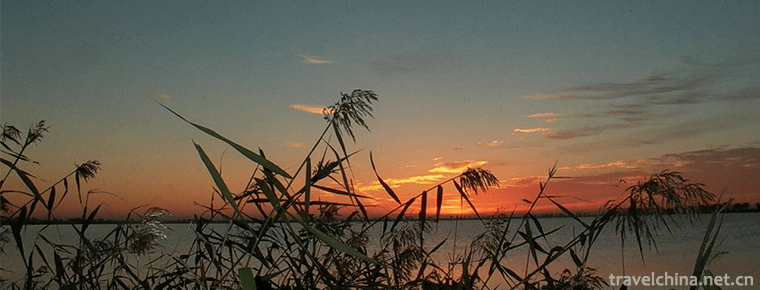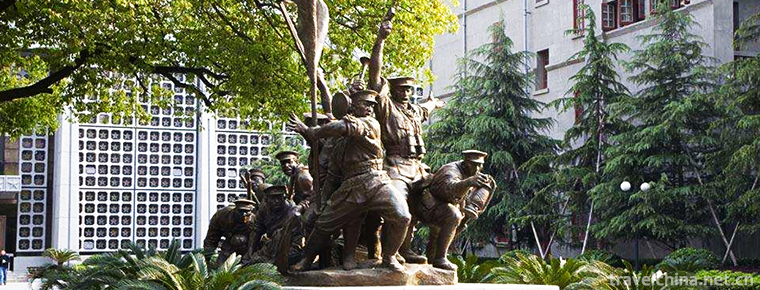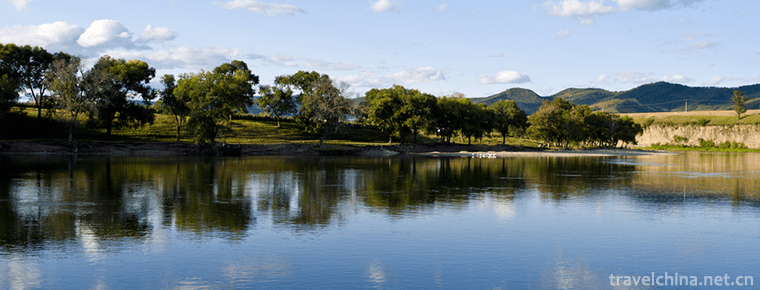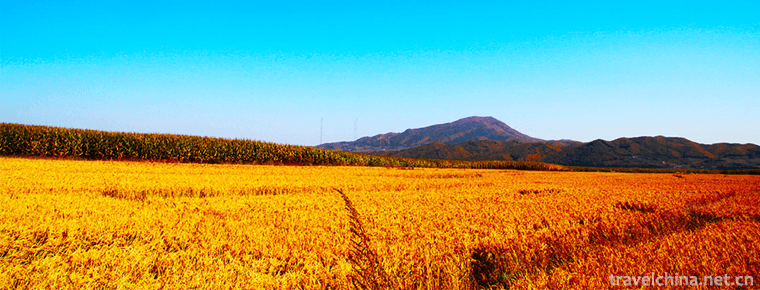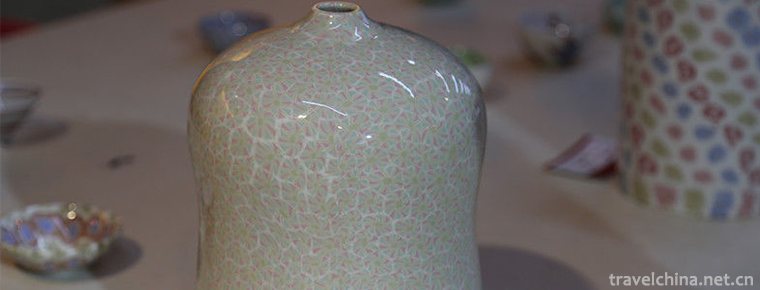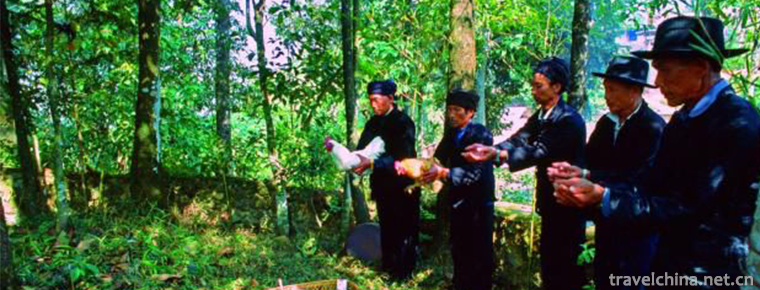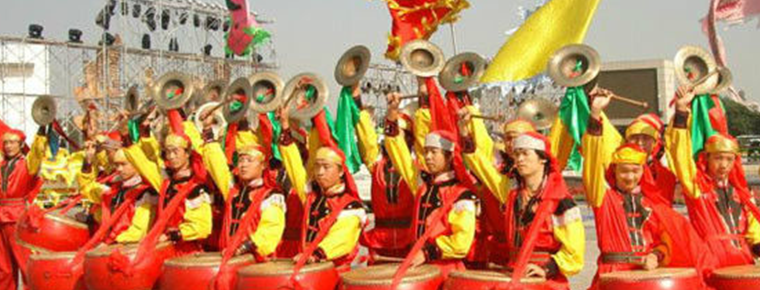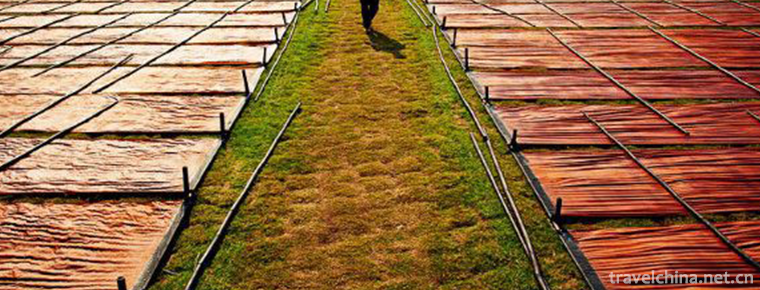The changing style of Cheongsam
The changing style of Cheongsam
After a hundred years of evolution, with the change of people's life style and aesthetic taste, cheongsam has developed a variety of styles, which makes people dazzled. In the golden age of the development of Cheongsam in the 1930s and 1940s, the styles of cheongsam changed a lot and were very rich. Cheongsam's lapel, collar, sleeve, skirt and other parts of the style is different: the lapel has round, square, long lapel, etc.; has Shanghai collar, Yuanbao collar, low collar, etc.; sleeves have long sleeves, short sleeves, pull up sleeves, floral sleeves, and trumpet shaped inverted sleeves, which are inlaid, embroidered, rolled and swung in various patterns on the cuff, which is very unique; besides the length of the skirt, it also adds fishtail and wavy skirt Style.
Collar undulation
The collar style of Chinese cheongsam has experienced the changes of cross collar, rectangular collar, straight collar, pan collar, round collar and standing collar. The collar pattern of cheongsam is various, and the collar height is first high and then low. At the end of the 19th century and the beginning of the 20th century, the fashion of "Yuanbao collar" became popular. The collar height could reach under the palate, then to the ear, and close the chin to beautify the face. The collar type of cheongsam is from high to low, and low collar becomes a popular trend, and gradually develops to collarless. Female students like to wear it. Because of its novel and playful style, other women in the society follow suit.
The collar types of cheongsam include Yuanbao collar, round collar, square collar, low collar, Impatiens collar, etc., as well as water drop collar, V-shaped collar, and stand collar. In order to ensure that the collar of cheongsam is stiff, the master uses paste to paste the white cloth and put it into the collar. For some cheongsam made of high-grade fabric, a piece of scraping white cotton cloth is sewn by hand at the lower part of the neckline, which is easy to remove and wash.
Open minded way
From the beginning of business and Zhou Dynasty, Chinese robes used to use the open front form, and most of them were right lapels.
There are many styles of Qipao lapels, including single, double, oblique, straight, curved, pipa, medium length, Ruyi, big round and double round. In the production of cheongsam, the double lapel is more complex than the single one, and the double breasted cheongsam is more beautiful and noble in vision.
Sleeve shape change
The style of cheongsam sleeve mainly includes wide sleeve, narrow sleeve, long sleeve, medium sleeve, short sleeve or no sleeve. The pattern of sleeve type often changes with the trend, sometimes long sleeve, longer than wrist, sometimes popular short sleeve, short to open elbow, all these reflect women's pursuit of beauty.
In the 1920s, the most prominent feature of cheongsam sleeves was the appearance of inverted large sleeves, which were trumpet shaped from the length of the sleeves to the elbows, and the cuffs were rolled with serrated, wavy, linear fragrance shaped edges, or lined with white lace. In 1927, a fashion illustration was published in Beiyang pictorial. The women in the picture had already put on the fashionable cheongsam with big sleeves. The waist was slightly loose and the fabric was gorgeous.
By the 1930s and 1940s, the waist of cheongsam was obviously retracted, showing the exquisite curves of women. Sometimes the sleeves were slender, longer than the wrist, sometimes as short as the elbow, and even some sleeves were as long as two inches below the shoulder, and some were directly omitted. Sleeves in the decoration of innovation and innovation, the emergence of lotus leaf sleeve, slit sleeve, lace sleeve and other styles.
Flying skirt
The skirt of Qipao has wide pendulum, straight pendulum, A-line pendulum, dress pendulum, fishtail pendulum, front short back long, serrated pendulum, etc.
The change of skirt is closely related to the change of Qipao waist. In Qing Dynasty, Manchu women's cheongsam is not divided into upper and lower parts. One piece of Qipao is longer than the ankle, the waist line is higher, and the skirt is wide and long, which covers the curvilinear beauty of women. As the waist of cheongsam narrowed, the skirt became straight.
In the early 20th century, the skirt of cheongsam changed quietly. Through old photos and advertisements, we can see that the skirt of cheongsam has become shorter, and shoes and even legs are exposed outside the skirt.
In the 1920s, a new style cheongsam was popular in Shanghai. It was similar to a sleeveless vest, which was covered over the short jacket. Later, the long vest and the small short jacket were combined into one, which was long to the legs and had large cuffs. The shape was still linear, with a low waist line, no obvious curve, and the hem was down to the knee.
In the early 1930s, short cheongsam became popular, with the hem slightly above the knee and the skirt tightened to highlight the waist curve. In the mid-1930s, high-heeled shoes from Europe and the United States began to match with cheongsam, which changed the popular fashion of cheongsam. The skirt was gradually lengthened, and the exquisite high-heeled shoes increased the beauty of cheongsam, and made women's figure more slim, sleeve length and sexy. With the lengthening of the hem of cheongsam, the slits become higher and higher.
In the late 1930s, some introspective and self-conscious women began to advocate low slit, which only reached the lower leg, and the length of skirt developed to the extreme, covering both feet and the skirt edge to the floor, which was jokingly called "sweeping cheongsam".
After the outbreak of the Anti Japanese War, women from all walks of life took part in the Anti Japanese and national salvation movement.
In the 1980s, no matter in the international fashion stage, or in daily work and life, cheongsam shows women's beauty with changeable posture and deduces different Oriental customs.
color
The common red cheongsam is colorful, eye-catching and chic in style, which fully shows the long history and culture of the Chinese nation, and focuses on the implicit and elegant charm of Oriental women.
pattern
Brocade is commonly woven in modern cheongsam, and the patterns are traditional Chinese patterns such as Pisces, Fugui flower and plum blossom, and hand-painted cheongsam is designed with flower patterns described by Chinese ink painting techniques.

The changing style of Cheongsam
-
Qilihai National Wetland Park
Qilihai National Wetland Park is located in the northeast of Tianjin, located in Ninghe District of Tianjin, 30 kilometers away from Tianjin urban area, 100 kilometers away from Beijing and 40 kilomet
Views: 178 Time 2018-12-17 -
Bayi Memorial Hall in Nanchang
The Bayiyi Memorial Hall in Nanchang was established in 1956 and officially opened to the outside world on October 1, 1959. In 1961, it was announced by the State Council as the first batch of key nat
Views: 172 Time 2018-12-31 -
Asihatu Stone Forest
Chaihe Tourist Scenic Spot has a total area of 1368.7 square kilometers, which is a national 5A tourist scenic spot. The area of Alshan City in Xing'an League is 7408.7 square kilometers, and Chaihe T
Views: 150 Time 2019-01-02 -
Songhua Lake Scenic Area
Songhua Lake Scenic Spot is a famous tourist attraction in Jilin Province. It is a national AAAA level scenic spot (AAAAA is being declared). Located in the southern suburb of Fengman District
Views: 124 Time 2019-02-13 -
Firing Techniques of Dangyangyu Twisted Tissue Porcelain
Dangyangyu Twisted Tissue Porcelain, a special product of Dangyangyu Village, Xiuwu County, Henan Province, is a product of China's National Geographic Indicators.
Views: 191 Time 2019-04-25 -
Sacrifice forest
Sacrifice to the gods of villages, as well as "Amaron" and "Pumatu" and other names, is a traditional festival of the Hani people, which takes villages as units and integrates reli
Views: 163 Time 2019-05-05 -
Gong and Drum Art
Gong and drum art can be roughly divided into Yunsheng Gong and drum, Zhongzhou big drum, Ezhou brand gong, Xiaohe Gong and drum, Hanggu flying gong, Changshan battle drum, Taiyuan Gong and drum, Liji
Views: 378 Time 2019-05-15 -
Dyeing and Finishing Techniques of Xiangyun Yarn
Xiangyun yarn dyeing and finishing technology, the traditional handicraft of Shunde District, Foshan City, Guangdong Province, is one of the national intangible cultural heritage.
Views: 113 Time 2019-07-03 -
Bengbu Medical College
Bengbu Medical College (Bengbu Medical College) is Anhui Province The provincial general higher medical colleges and the first batch of units granted the right to grant bachelor's and master's degrees
Views: 98 Time 2019-11-08 -
Panzhihua after liberation
After liberation, Miyi County was established in some areas of Huili and Dechang in 1951, and renamed as Miyi County the next year, which was subordinate to Xichang District of Xikang province (due to its unique climate, rich products, especially rich in rice, and three crops a year,
Views: 148 Time 2020-12-14 -
Neijiang Sports
In 2019, Neijiang City will host 8 provincial and above sports competitions, 50 municipal sports meetings and 759 "happy weekend" activities; Neijiang sports athletes will win 3 gold medals, 4 silver medals and 6 bronze medals in international and domestic
Views: 341 Time 2020-12-16 -
Mineral resources in Leshan
Leshan City is rich in mineral resources, 34 kinds of mineral resources have been proved, especially non-metallic minerals, with great development potential. Among them, the total amount of proven rock salt resources is 10.5 billion tons, with an annual
Views: 164 Time 2020-12-17
